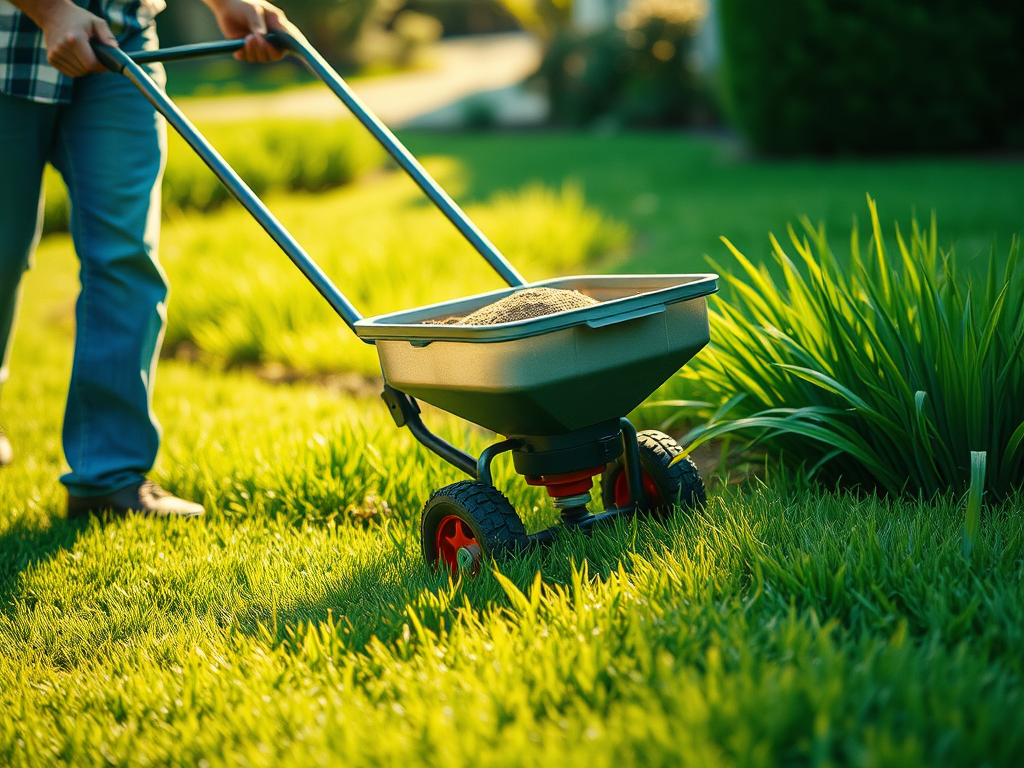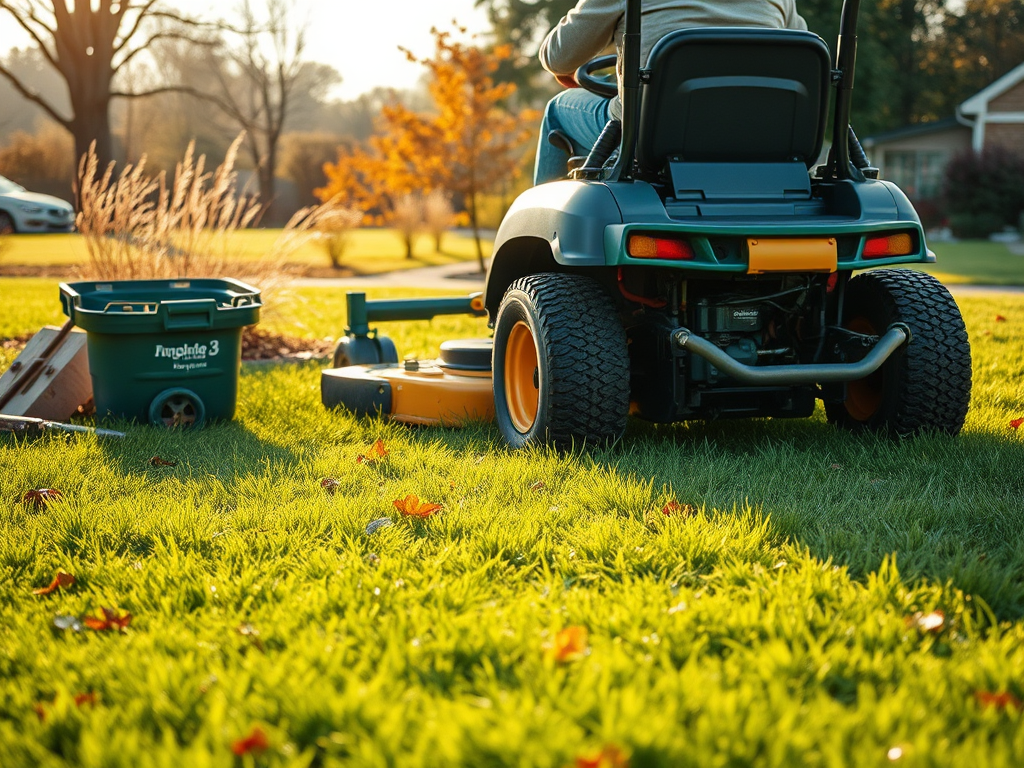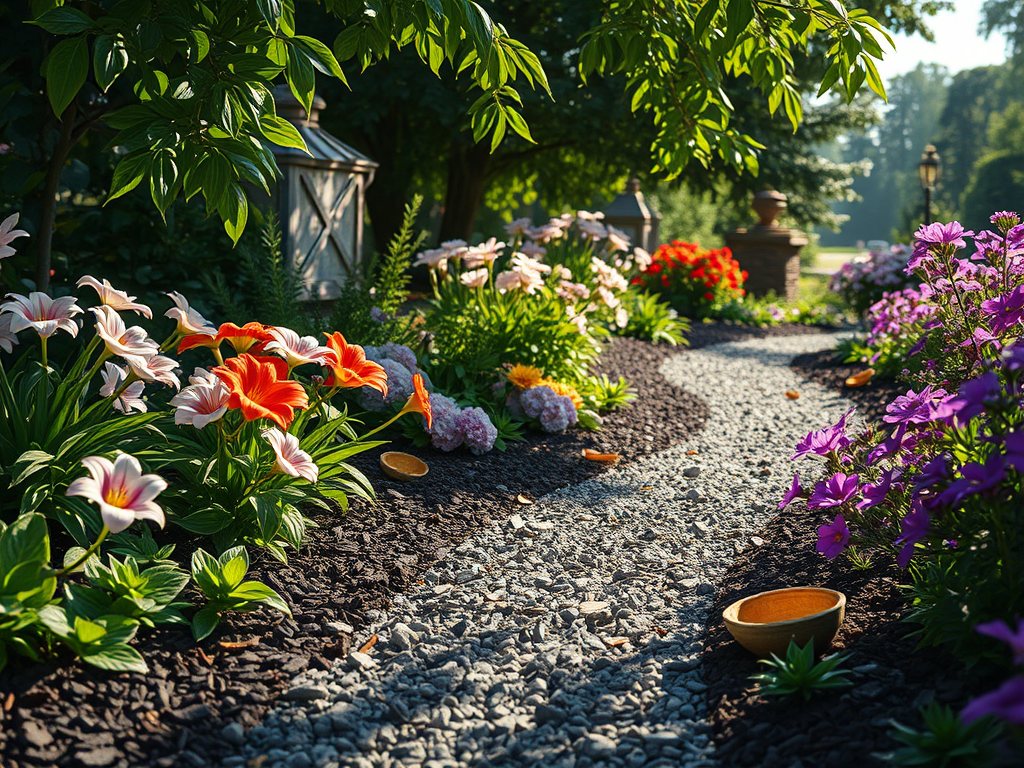With spring just around the corner (believe it or not!), we’re getting closer every day to seeing those blades of green pushing up again–personally, I can’t wait!
A lush, green lawn is the pride of any homeowner, but achieving and maintaining that sought-after beauty requires more than just mowing and watering. Lawn fertilization plays a crucial role in keeping your lawn healthy, vibrant, and strong. Properly timed and correctly applied fertilizers provide your grass with the nutrients it needs to thrive. Here’s why some form of lawn fertilization is essential, and how to do it right.
The Role of Fertilization
Fertilizer provides essential nutrients to your lawn, primarily nitrogen, phosphorus, and potassium, which are vital for growth, root development, and disease resistance. Nitrogen helps with lush green growth, phosphorus encourages root development, and potassium improves drought resistance and overall hardiness. Without these nutrients, your lawn can become weak, yellowed, and susceptible to pests or disease. Fertilization helps to ensure that your lawn gets the right balance of nutrients to stay healthy throughout the growing season.
When to Fertilize
Timing is everything when it comes to fertilization. Fertilizing at the wrong time can lead to overgrowth, disease, or nutrient burn. The best times to fertilize are during the active growing seasons: early spring and late fall. In spring, the lawn is coming out of dormancy and needs a boost to kick-start growth, while in fall, fertilizing helps strengthen the grass before winter sets in. Avoid fertilizing during the dead heat of summer when the lawn may be stressed, or during the winter months when grass growth slows down. At best, you’ll see very little result, and at worst, you may actually compound pre-existing problems by sending mixed signals to your grass.
Choosing the Right Fertilizer
There are many different types of fertilizers available, each with its own set of advantages. Organic fertilizers are a great choice for those looking for a more eco-friendly option, as they release nutrients slowly and improve soil health over time. Synthetic fertilizers, on the other hand, are faster-acting and provide a more immediate nutrient boost–the results of which are generally visible within a matter of days or weeks. When choosing a fertilizer, consider your lawn’s specific needs and soil conditions, as well as your desired end result and timeframe.
Not sure if it’s necessary to fertilize? A lab-run soil test can help determine if there are any nutrient deficiencies, which will guide you in selecting the best fertilizer. Your landscape contractor should be able to get you a soil test, usually for a fee. It can sometimes take a little while to get the results, but in the end, the information gained is incredibly helpful in making decisions moving forward for the health of your lawn.
How to Apply Fertilizer Properly
Applying fertilizer correctly is just as important as choosing the right one. Over-application can result in burning the grass or promoting excessive growth that weakens the lawn. Use a broadcast spreader to evenly distribute the fertilizer across your lawn, following the recommended application rate on the package. Be sure to water the lawn after fertilizing to help the nutrients penetrate the soil. If you’re using a slow-release fertilizer, it will continue to nourish your lawn over time, reducing the need for frequent applications.
Conclusion
Lawn fertilization is a key aspect of maintaining a healthy, beautiful yard. By choosing the right fertilizer, applying it at the right time, and using proper techniques, you can ensure that your lawn remains lush and green throughout the year. Regular fertilization provides your lawn with the nutrients it needs to thrive, building strong roots, healthy grass, and resilience against pests and disease.




